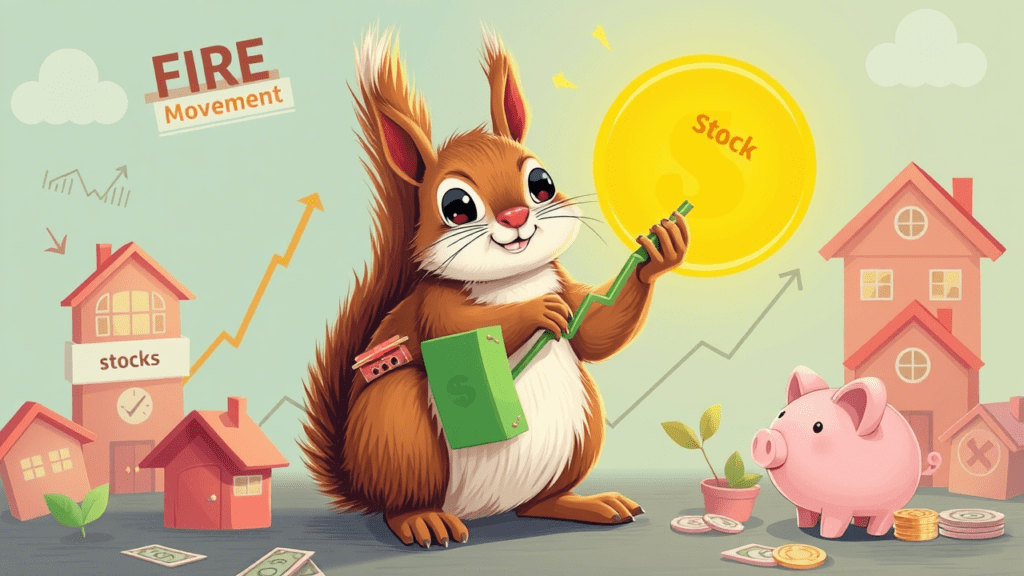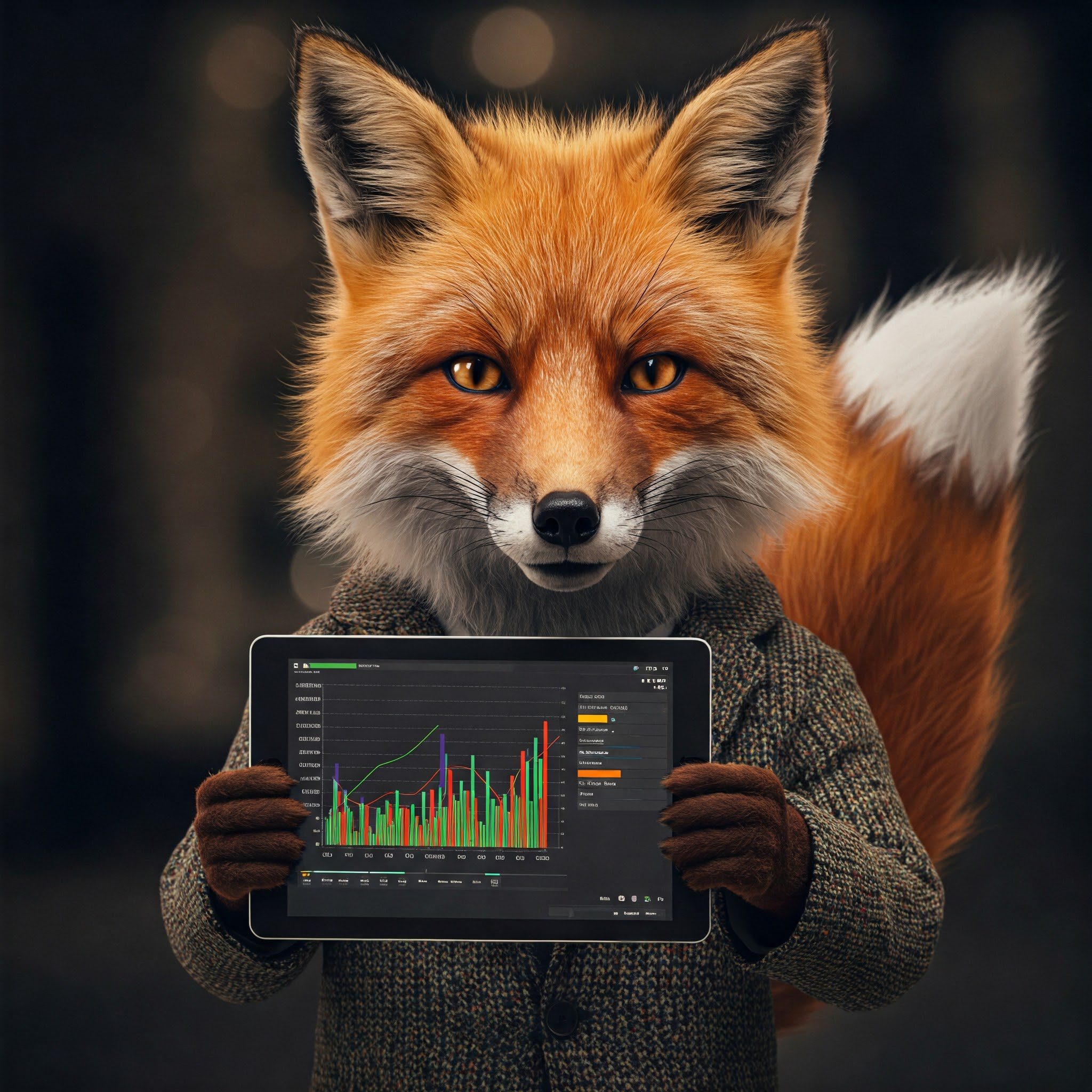The stock market is constantly moving, but investors are always asking the same question: Are we heading for a bull or bear market? 📊
Understanding whether the market is trending upwards (bull) or downwards (bear) is crucial for making smart investment decisions, managing risk, and positioning your portfolio for success.
📌 In this guide, you’ll learn:
✅ What defines a bull vs. bear market 🐂🐻
✅ Key indicators to predict market trends 🔍
✅ How to invest in both bull & bear markets 💰
✅ What experts are saying about the next big market move 🚀
Let’s dive in! Will 2025 bring a raging bull market or a brutal bear market? Here’s what to watch. 👀
1. Understanding Bull vs. Bear Markets 🐂🐻
A bull market is when stock prices are rising, typically 20% or more from previous lows, and investor confidence is strong. 📈
✔ Characteristics of a Bull Market:
✅ Rising stock prices & strong corporate earnings.
✅ High investor confidence & increased buying.
✅ Low unemployment & economic expansion.
✅ Higher risk appetite & speculation.
💡 Example: The bull market from 2009-2020 was the longest in history, fueled by low interest rates and tech growth.
A bear market, on the other hand, occurs when stocks fall 20% or more from recent highs, leading to widespread pessimism. 📉
✔ Characteristics of a Bear Market:
❌ Falling stock prices & declining corporate earnings.
❌ High volatility & economic uncertainty.
❌ Rising unemployment & lower consumer spending.
❌ Investors moving into safe assets like bonds & gold.
💡 Example: The 2008 financial crisis led to a deep bear market, with the S&P 500 losing over 50% of its value.
📌 Key Takeaway: Bull markets create wealth, bear markets test patience. Knowing the difference helps you stay ahead!
2. Key Indicators to Predict a Bull or Bear Market 🔍
To anticipate where the market is heading, watch these critical economic and financial indicators.
✅ 1. Stock Market Performance & Major Index Trends 📊
✔ If the S&P 500, Nasdaq, and Dow Jones are making new highs, it’s a bullish sign.
✔ If they drop below their 200-day moving average, it signals a potential bear market.
💡 Example: In 2020, the S&P 500 rebounded quickly from the COVID crash, signaling a strong bull market.
📌 Key Takeaway: Watch the S&P 500 & Nasdaq for early signs of market direction.
✅ 2. Interest Rates & Federal Reserve Policy 💰
✔ Lower interest rates = Bull Market (Stimulates borrowing & investing).
✔ Higher interest rates = Bear Market (Slows down spending & business growth).
💡 Example: The Fed’s rate hikes in 2022 triggered a market downturn, while lower rates in 2023 fueled a recovery.
📌 Key Takeaway: Fed policies influence market trends—watch for rate cuts or hikes!
✅ 3. Inflation & Economic Growth (GDP) 🌍
✔ Low inflation & strong GDP growth = Bull Market (More corporate profits, more jobs).
✔ High inflation & slowing GDP = Bear Market (Less consumer spending, shrinking economy).
💡 Example: The 1970s “Stagflation” (high inflation + slow growth) led to a long bear market.
📌 Key Takeaway: Inflation and GDP trends tell you if the economy is expanding or shrinking.
✅ 4. Corporate Earnings & Consumer Spending 🛒
✔ Strong corporate earnings = Bull Market 📈
✔ Declining earnings & consumer cutbacks = Bear Market 📉
💡 Example: In 2021, Big Tech companies posted record profits, driving the market higher.
📌 Key Takeaway: When companies make money, stocks go up. When profits shrink, so do stock prices.
✅ 5. Market Sentiment & Fear Index (VIX) 😨
✔ VIX below 20 = Low fear, likely bull market.
✔ VIX above 30 = High fear, likely bear market.
💡 Example: The VIX spiked to 80 in March 2020 during the COVID crash, signaling extreme fear.
📌 Key Takeaway: The VIX tells you if investors are greedy (bullish) or fearful (bearish).
3. What’s Next: Bull or Bear Market in 2025? 🔮
Market analysts and economists are divided on what’s coming next.
✅ Bull Market Case (Optimistic View) 🐂
✔ Fed Rate Cuts in 2025 could boost stock prices.
✔ AI, Tech, and Renewable Energy Boom driving market growth.
✔ Strong job market & consumer spending keeping the economy stable.
💡 Prediction: If inflation stays under control and earnings grow, the market could rally higher.
❌ Bear Market Case (Cautious View) 🐻
✔ Recession Fears – If growth slows, stocks may fall.
✔ High Debt Levels – Government & corporate debt could trigger instability.
✔ Geopolitical Risks – War, trade tensions, or supply chain issues could shake markets.
💡 Prediction: If economic growth slows and unemployment rises, stocks could struggle in 2025.
📌 Key Takeaway: Both bull and bear scenarios are possible—investors need to stay flexible!
4. How to Invest in a Bull or Bear Market 💰
Regardless of market direction, smart investing strategies help you build wealth long-term.
✅ Bull Market Strategy: Ride the Growth Wave 📈
✔ Invest in growth stocks (Tech, AI, Renewable Energy).
✔ Hold ETFs like S&P 500 (VOO, SPY) for steady gains.
✔ Buy on dips when stocks pull back.
💡 Example: Investors who stayed in the market during the 2009-2020 bull run saw massive gains.
✅ Bear Market Strategy: Protect & Profit 📉
✔ Shift to defensive stocks (Healthcare, Utilities, Consumer Staples).
✔ Invest in bonds & gold for stability.
✔ Dollar-cost averaging to buy stocks at lower prices.
💡 Example: In 2008, investors who held bonds & defensive stocks protected their portfolios from big losses.
📌 Key Takeaway: Be prepared for both markets—adjust your strategy accordingly!
Final Thoughts: Are We Headed for a Bull or Bear Market?
📌 Nobody can predict the market perfectly, but by watching key indicators, you can stay ahead.
🚀 Key Takeaways:
✔ Bull Market Signs: Strong GDP, low inflation, Fed rate cuts, high corporate earnings.
✔ Bear Market Signs: Rising rates, slowing economy, weak earnings, high fear levels.
✔ Invest Smart: Stay diversified, invest in quality stocks, and adjust based on market trends.
🚀 Follow us for more expert investing insights! 💰📈





